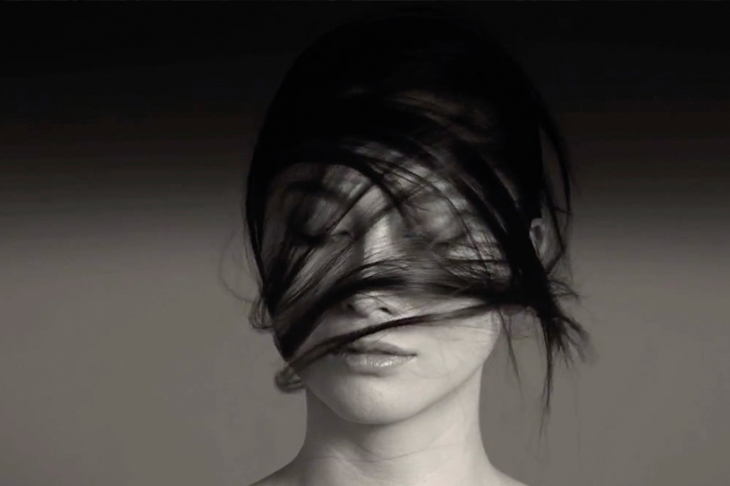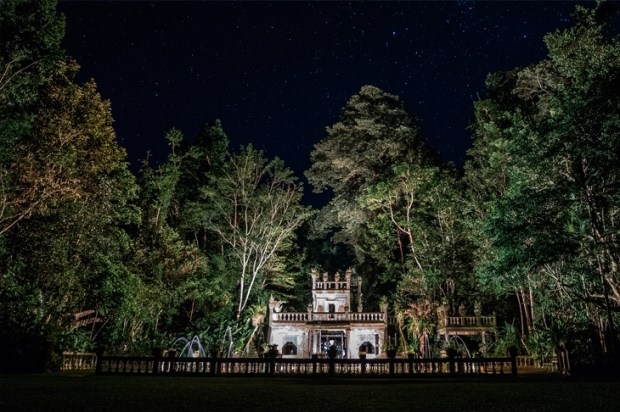In the photograph, masses of black hair – profuse and grotesque; a polluted waterfall – gush through a hole in the ceiling. Underneath stands a girl in a white dress with a pair of oversized scissors. She is wearing a mask that makes her face look old and haggard. Hair lies in great clumps on the floor, covering the wooden panels, turning them black.
Already a subscriber? Log in
Subscribe for just $2 a week
Try a month of The Spectator Australia absolutely free and without commitment. Not only that but – if you choose to continue – you’ll pay just $2 a week for your first year.
- Unlimited access to spectator.com.au and app
- The weekly edition on the Spectator Australia app
- Spectator podcasts and newsletters
- Full access to spectator.co.uk
Or
Unlock this article
Japan Supernatural runs at the Art Gallery of NSW until March 6
You might disagree with half of it, but you’ll enjoy reading all of it. Try your first month for free, then just $2 a week for the remainder of your first year.














Comments
Don't miss out
Join the conversation with other Spectator Australia readers. Subscribe to leave a comment.
SUBSCRIBEAlready a subscriber? Log in